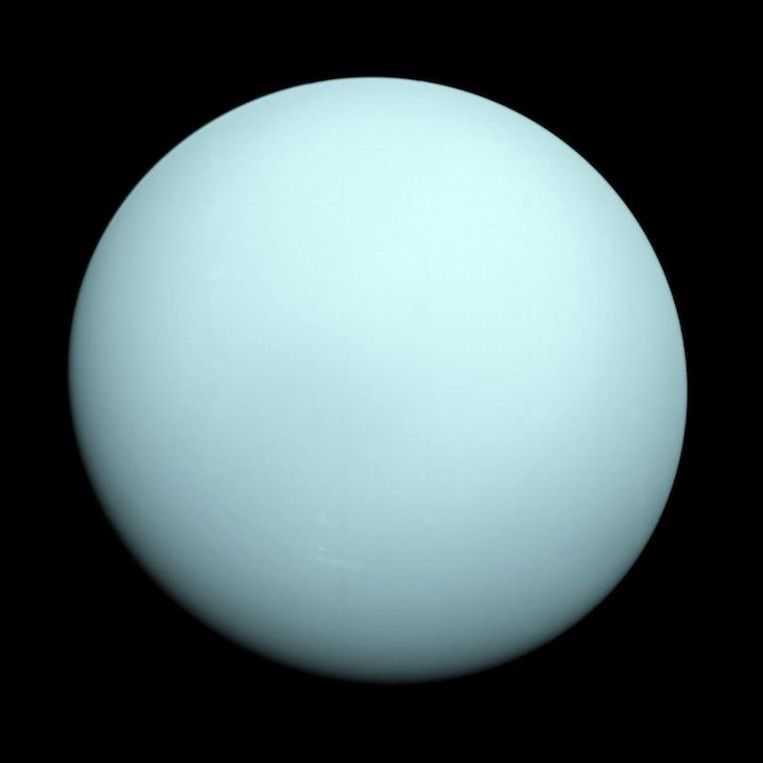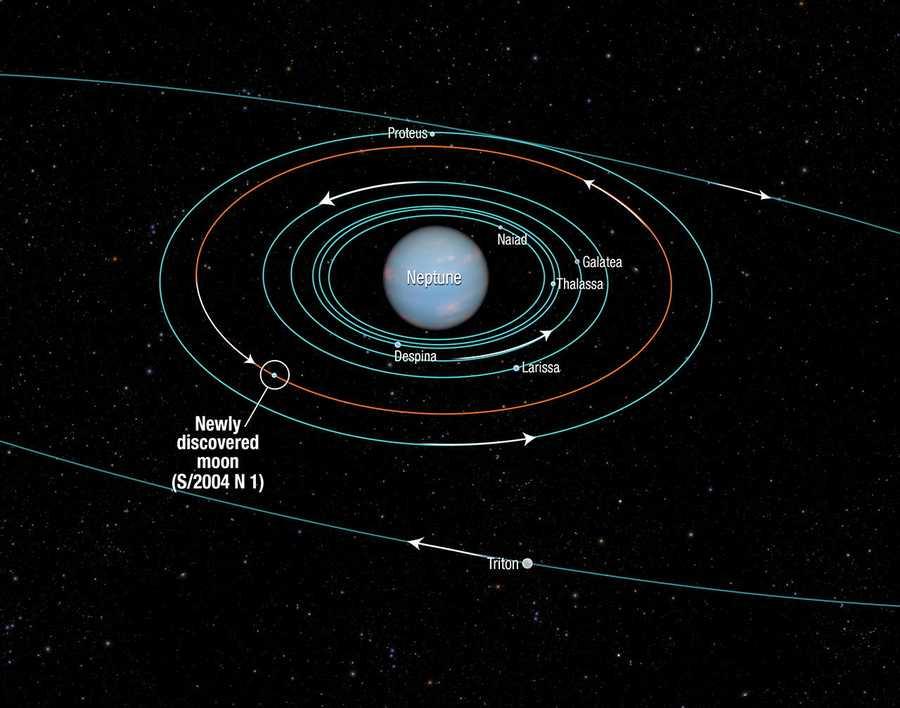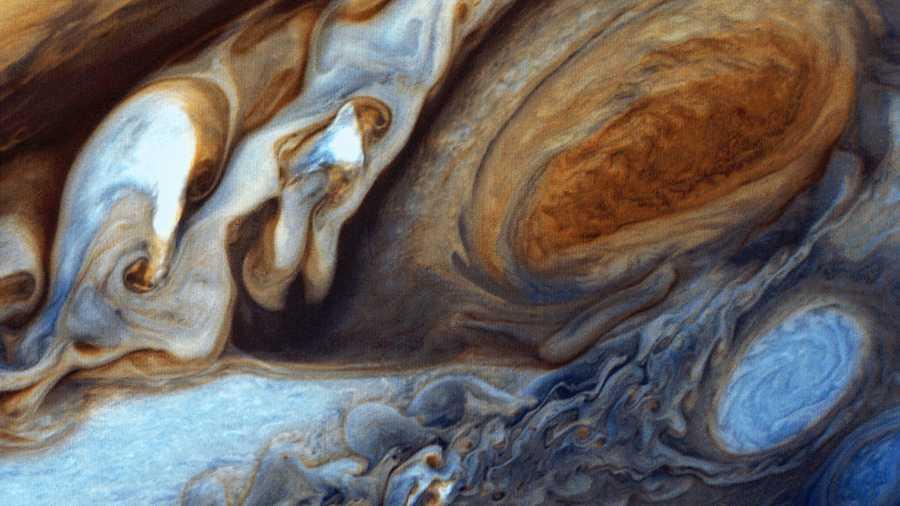Uranus
The seventh planet from the Sun with the third largest diameter in our solar system, Uranus is very cold and windy. The ice giant is surrounded by 13 faint rings and 27 small moons as it rotates at a nearly 90-degree angle from the plane of its orbit. This unique tilt makes Uranus appear to spin on its side, orbiting the Sun like a rolling ball.
The first planet found with the aid of a telescope, Uranus was discovered in 1781 by astronomer William Herschel, although he originally thought it was either a comet or a star. It was two years later that the object was universally accepted as a new planet, in part because of observations by astronomer Johann Elert Bode.
William Herschel tried unsuccessfully to name his discovery Georgium Sidus after King George III. Instead the planet was named for Uranus, the Greek god of the sky, as suggested by Johann Bode.
23
113 reads
CURATED FROM
IDEAS CURATED BY
I'm passionate about helping people live their best lives. I'm a lifestyle coach & burnout coach.
The idea is part of this collection:
Learn more about scienceandnature with this collection
How to choose the right music for different tasks
The benefits of listening to music while working
How music affects productivity
Related collections
Similar ideas to Uranus
Moons
Neptune has 14 known moons, neptune's largest moon Triton was discovered on October 10, 1846, by William Lassell, just 17 days after Johann Gottfried Galle discovered the planet.
Since Neptune was named for the Roman god of the sea, its moons are named for various lesser sea gods and nymphs...
Exploration
Nine spacecrafts have studied jupiter up close. NASA'S Juno spacecraft is currently studying the gas giant planet from orbit
The spacecraft, which arrived at Jupiter in July 2016, is the first to study the planet's mysterious, cloud-shrouded interior. Scientists also use the Earth-orbiting...
Galileo Galilei
Galileo Galilei, a contemporary of Kepler, built a telescope and began fixing its lens on the planets. He made a series of remarkable discoveries: that the moon was not flat and smooth, there were spots on the sun, Jupiter had moons that orbited it, Venus had phases like the moon, which proved th...
Read & Learn
20x Faster
without
deepstash
with
deepstash
with
deepstash
Personalized microlearning
—
100+ Learning Journeys
—
Access to 200,000+ ideas
—
Access to the mobile app
—
Unlimited idea saving
—
—
Unlimited history
—
—
Unlimited listening to ideas
—
—
Downloading & offline access
—
—
Supercharge your mind with one idea per day
Enter your email and spend 1 minute every day to learn something new.
I agree to receive email updates


